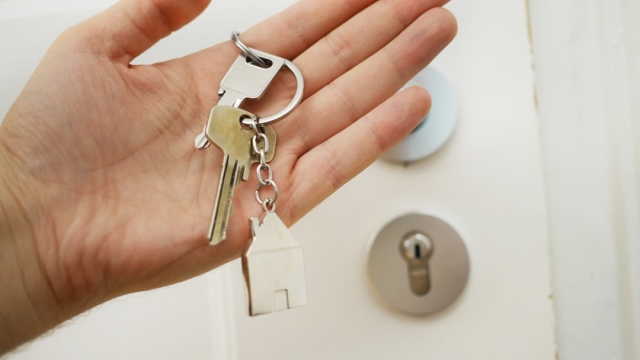
Step 1 Assess Your Financial Situation
Did you know that buying a home is often considered one of the most significant financial decisions a person makes in their lifetime? Navigating through the home buying process can seem overwhelming, especially for first-time buyers. Understanding each step can help mitigate stress and ensure that you make informed decisions. This guide will break down the home buying process step by step, making it easier for you to approach your dream of homeownership with confidence.
Step 1: Assess Your Financial Situation
Before diving into the market, it’s crucial to evaluate your financial health. This involves checking your credit score, calculating your debt-to-income ratio, and determining how much you can afford for a down payment.
Understanding Your Budget
Establishing a budget will give you a clear picture of your purchasing power. Consider the following:
- Down Payment: Typically, this ranges from 3% to 20% of the home’s price.
- Closing Costs: These can add another 2% to 5% of the home price.
- Monthly Mortgage Payments: Ensure you include property taxes, insurance, and homeowners association (HOA) fees in your calculations.
Step 2: Get Pre-Approved for a Mortgage
One of the most important steps in the Home buying process explained is securing a mortgage pre-approval. This shows sellers that you are a serious buyer and helps you understand how much financing you can obtain.
Choosing the Right Lender
When selecting a lender, consider their interest rates, fees, and customer service. Obtaining quotes from multiple lenders can help you find the best deal. It’s also wise to consult with a mortgage broker who can guide you through different options.
Step 3: Start House Hunting
Now that you have your budget and pre-approval in hand, it’s time to start looking for your new home. This is often the most exciting part of the process.
What to Look For
When house hunting, keep the following in mind:
- Location: Consider proximity to work, schools, and amenities.
- Size and Layout: Think about how many bedrooms and bathrooms you need.
- Future Resale Value: Look for features that will appeal to future buyers.
Step 4: Make an Offer
Once you find a home that meets your criteria, it’s time to make an offer. This is where your real estate agent’s expertise comes into play, as they can help you determine a fair price based on comparable sales in the area.
Negotiation Tactics
Be prepared to negotiate. Sellers often expect some back-and-forth. Here are a few strategies:
- Start Low: Begin with a price lower than what you’re willing to pay.
- Show Your Seriousness: Include a personal letter to the seller expressing your interest.
- Be Flexible: Consider being flexible with closing dates or contingencies.
Step 5: Home Inspection and Appraisal
After your offer is accepted, a home inspection is essential to uncover any potential problems. An appraisal will also be conducted to ensure the home’s value aligns with the purchase price, protecting your investment.
What to Expect
During the inspection, a professional will evaluate the home’s structure, systems, and appliances. If issues arise, you may need to renegotiate your offer or request repairs.
Step 6: Closing the Deal
The final step in the home buying process is closing, where you’ll sign all necessary documents and finalize your mortgage. This is when you’ll also pay closing costs and officially take ownership of your new home.
Final Steps
Make sure to review all documents carefully before signing. Having a real estate attorney can also be beneficial during this stage to ensure everything is in order.
Buying a home is a journey filled with decisions, but understanding each step can make the process less daunting. With the right knowledge and preparation, you can confidently navigate the home buying process and find the perfect place to call your own.




